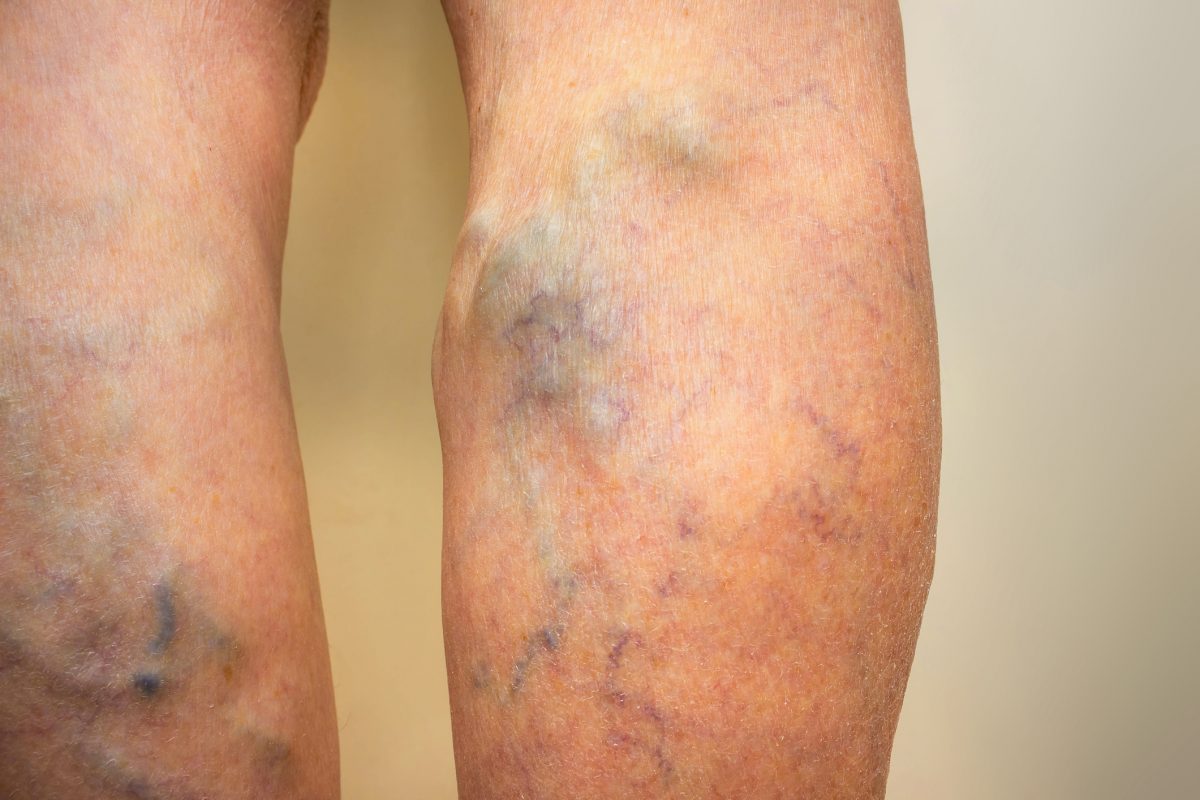Varicose veins occur when blood pools in your legs instead of flowing to other body parts resulting in twisted and swollen veins. This condition is common in the United States as it affects approximately 23% of the adult population – 22 million women and 11 million men. You may develop varicose veins when the valves in your veins get weak or become damaged due to various factors such as old age, obesity, and pregnancy. Varicose veins may cause several symptoms, including muscle cramps, a feeling of heaviness in your legs, and swelling of your ankles and feet. To treat varicose veins you may include self-care practices or procedures by your New Brunswick vascular specialist to remove the affected veins.
Home treatment for varicose veins
Regular exercise
Engaging in regular physical exercise is one of the ways to facilitate better blood circulation in your legs. Besides improving the symptoms for varicose veins, physical activity may help control your blood pressure, contributing to this condition. Obese individuals affected by varicose veins may use exercise to lose excess weight and maintain a healthy body mass index (BMI). Your specialist may recommend low-impact activities such as yoga, cycling, swimming, and walking since they do not cause excess strain.
Dietary changes
Patients with varicose veins are advised to eat high-fiber foods to lower the risk of constipation which may worsen the existing condition. Examples of fiber-rich foods include nuts, oats, wheat, legumes, seeds, and whole-grain foods. Your doctor may advise that you limit your intake of foods rich in sodium, such as salted nuts, burritos, and pizza, as they cause water retention in your body, which results in swelling. On the other hand, foods rich in potassium such as potatoes, leafy vegetables, lentils, and white beans can help reduce water retention in your body.
Elevate your feet
Keeping your legs in an elevated position reduces pressure in the leg veins and helps with pain and swelling caused by varicose veins. You may place your legs on a pillow or footrest when resting or sleeping. Aim to elevate your legs each time, especially if your work requires extended hours of sitting. As long hours of standing or sitting may worsen varicose veins, you should take breaks between and walk around and stretch your legs to improve blood circulation in your veins and minimize swelling.
Wear compression stockings
This is the primary treatment method for individuals with varicose veins. Compression stockings are designed to gently squeeze your veins, facilitating blood movement towards your legs. Previous patients have reported a reduction in pain and swelling when using support stockings. Compression stockings can be found in most pharmacies and medical stores. However, it is best to consult with your doctor to establish which one is suitable for you. Patients with severe varicose veins may need more substantial compression stockings to improve the symptoms.
If symptoms persist after observing these self-care measures, you should seek medical attention to avoid complications such as ulcers and blood clots. Book a session with your vascular specialist at Cardiac & Vascular Interventions of New Jersey to learn more about the available minimally invasive procedures your specialist may recommend.








